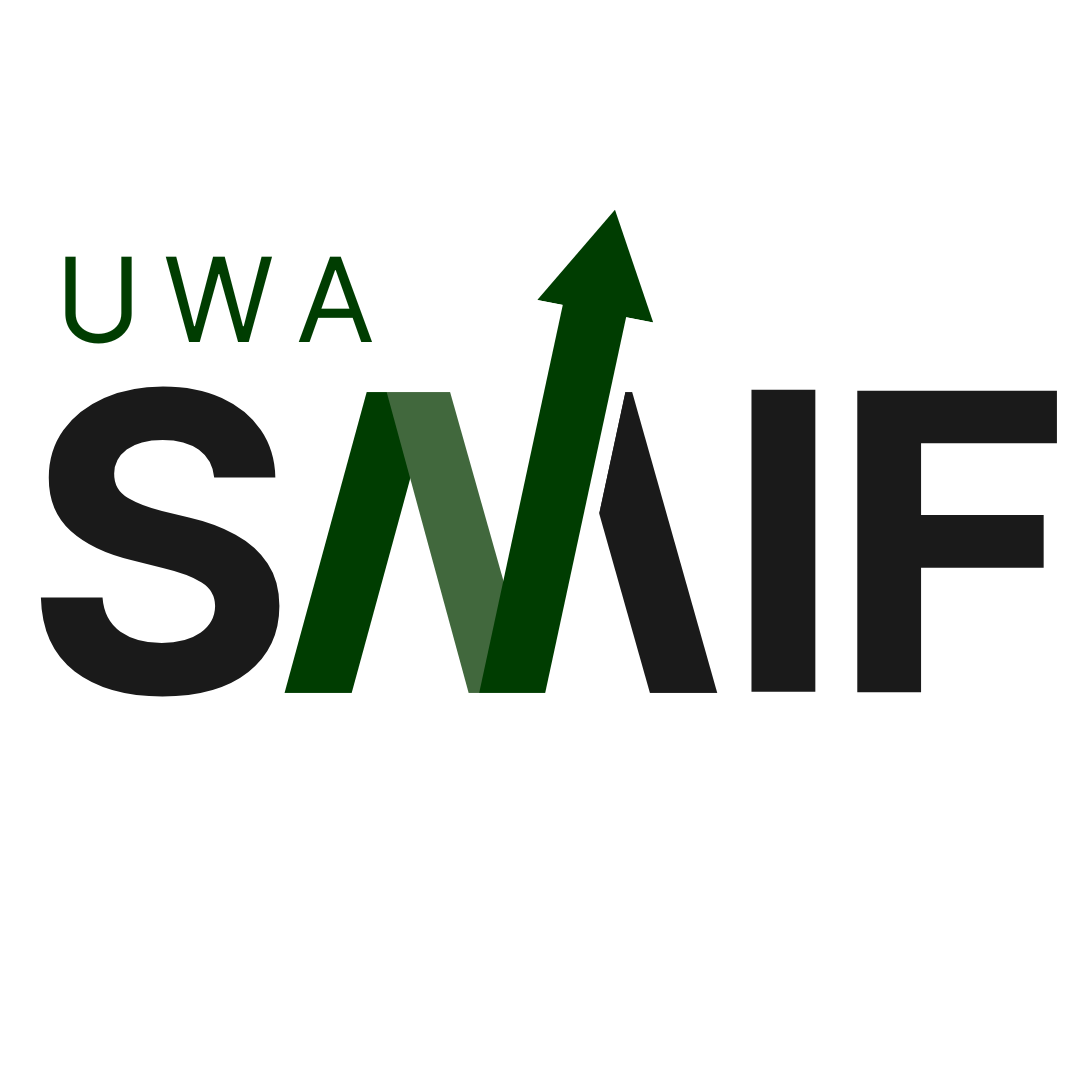Perhaps for our generation it’s hard to comprehend, but bear markets and crashes are a reality, and historically they have occurred every 7-10 years or so. Some of the world’s greatest investors have been around to predict and/or profit off several crashes and bear markets that have occurred around the world, including George Soros, Jim Rogers, Ray Dalio, Stan Druckenmiller and Warren Buffett.
There are a few driving forces these investors have seen over and over again in helping them predict that a crash or bear market was coming. While obviously it’s easy looking in retrospect, (say the GFC or the Japanese Asset Bubble of the 1980s/1990s) you can use these lessons from some of the world’s greatest investors to help you determine when a crash may manifest and to help protect your portfolio.
Since it was announced, the National Broadband Network (NBN) has caused a lot of worry and anxiety among telecom operators and investors alike.
Australian telcos are facing an uphill battle against the National Broadband Network (NBN). Large players such as Telstra, Optus, Vocus and TPG are experiencing great pressure from the network resulting in decreasing margins across the board. The NBN is a fixed wireless and satellite infrastructure of optic-fibre, replacing the now obsolete copper network, providing Australians with the fastest and most reliable internet in the nation’s history.
“The investor’s chief problem and even his worst enemy is likely to be himself” Benjamin Graham.
One of the biggest hurdles for people reaching their investment goals is controlling their emotions. Being able to distance emotions from the investment process is one of the characteristics that makes an investor successful.
Medical marijuana has been given the green light by the government, and what seems like, investors too. In the past few months, it has been legal in Australia to cultivate, manufacture and import medicinal cannabis and many people are trying to cash in on the crop. This has seen money pouring in with eye watering results. The most recent and notorious example is a company called Stem Cell United [ASX:SCU], a $3million company specializing in Chinese medicine plant extraction. Earlier in March, this stock was trading at 1 cent per share. In intraday trading on 15th March, it hit $1.08.
According to a recent study, recruiters spend an average of 6 seconds reviewing an individual resume. As an applicant, it’s incredibly important to make those few seconds count. Scanning becomes increasingly difficult if a resume is hard to read, poorly organised or exceeds 1-2 pages
When analysing investments, there’s no such thing as too much research. The more informed investors are around the company at hand including key industry and company specific performance drivers, operating segments and economic factors (just to name a few important areas), the more likely it is the decision to invest or not will be accretive to the portfolio. In this blog post, I’ll go through a few of the more common research tools and their pros and cons.
Donald Trump’s surprise win in the 2016 US election has sent shockwaves through the markets, newspapers, and the whole world. The mainstream media, the global markets, and pretty much the entire world backed a Clinton victory. As always though, there are people who make bets against the market and against the odds. This time round, that was my friend (also named James) and I.
The Australian dairy industry has been in the spotlight this year after the farm gate milk price was slashed. The problem with the dairy industry is that products being produced have a continuous flow with no way of turning off the tap. Milk flow is crucial in the dairy industry and cows are milked twice a day, however, companies can only hold the milk in the short term. The flow of milk for the most part is fed into multinational or internationally owned companies. Most farms that supply milk to major companies are generational farmers with generation infrastructure, hence why any slight changes to the farm gate price of milk will cause not just a ripple within the industry, but rather a tidal wave.
